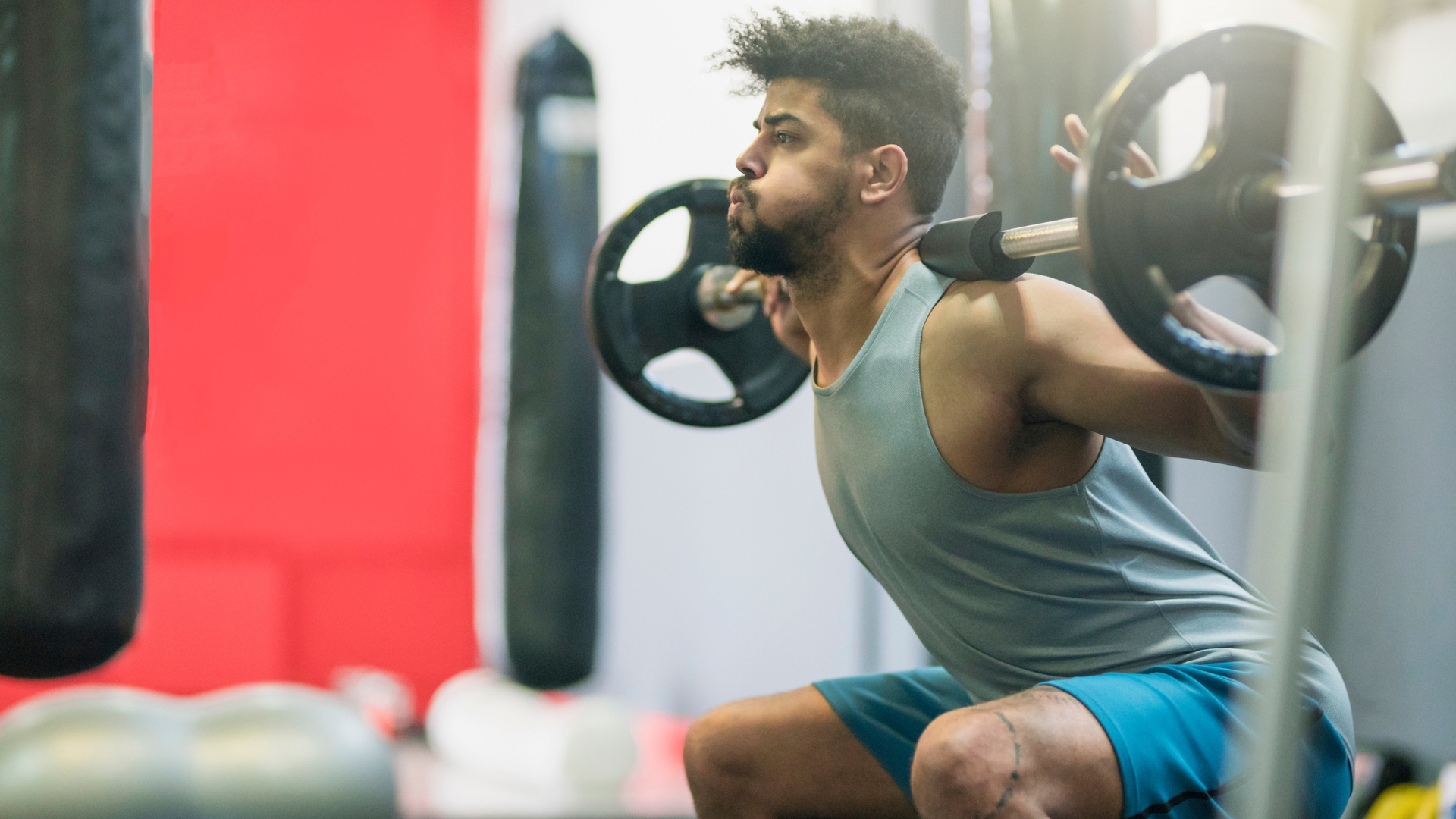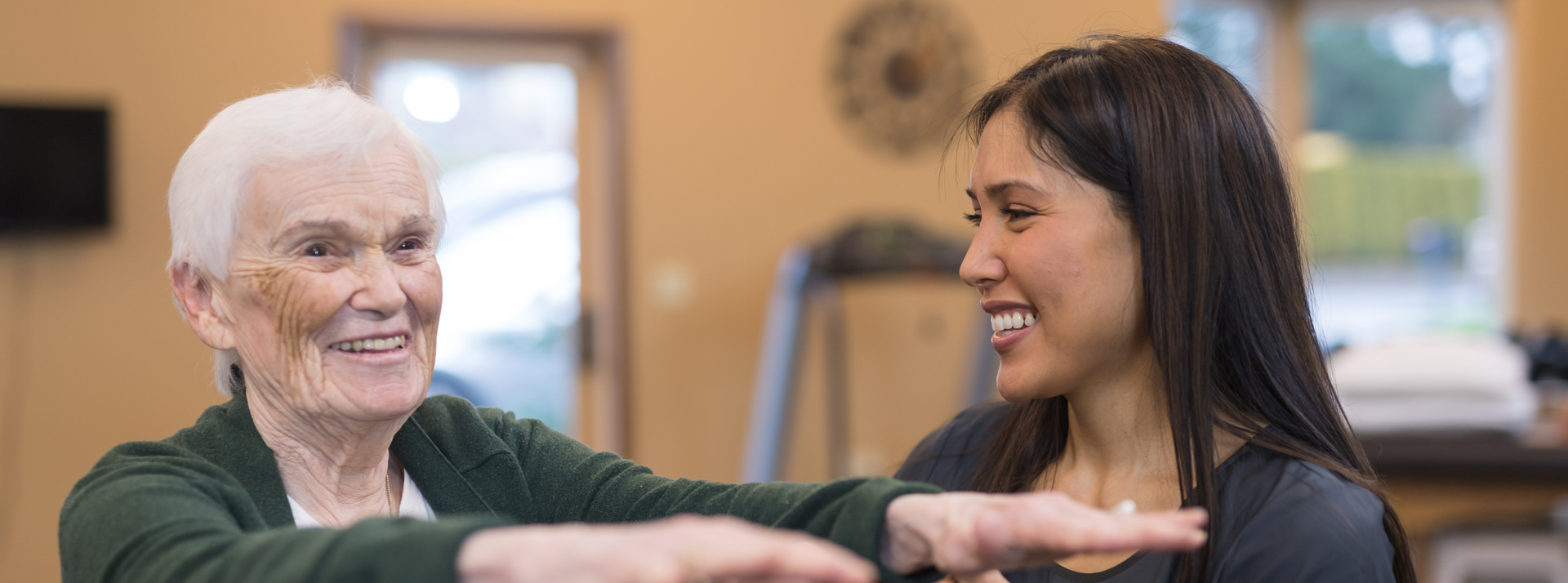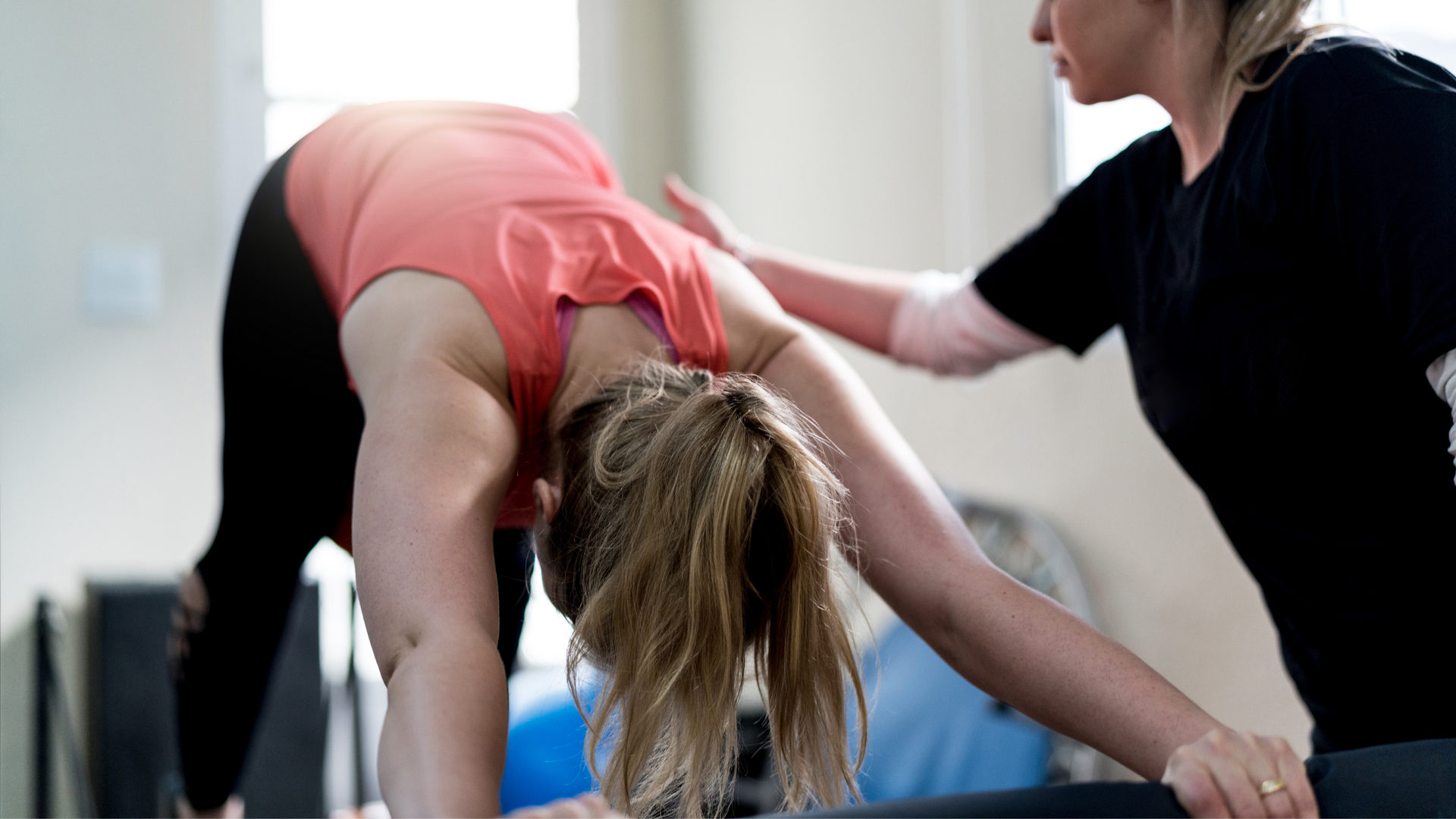The Knee - Patella Tendinopathy
Patella tendinopathy is a complex condition that requires skilled management.

Patella tendinopathy is a common overuse injury characterised by pain in the front of the knee. The condition was originally labelled "jumpers’ knee" due to its high prevalence in jumping-based sports, however it is commonly associated with other sports that involve frequent change of direction, acceleration, and deceleration.
Anatomy 101
The patella tendon is a strong, fibrous band of tissue located just below the kneecap (patella) and connects the patella to the shin bone. The role of the tendon is to extend (or straighten) the knee and is essentially a continuation of the quadriceps muscle at the front of the thigh. When the quadriceps muscles contact, they generate a force that is transmitted to the patella tendon via the patella, effectively straightening the knee.
Who gets it?
Patella tendinopathy is most common in young male athletes (15-30 years old) who participate in sports such as volleyball, basketball, AFL, soccer, and athletic jumping events. All these activities place load on the patella tendon as it works to accelerate knee extension (eg. kicking a ball) or decelerate knee bending (eg. when landing from a jump). The most significant risk factor for patella tendinopathy is the training load of an athlete. The more hours a week the tendon is required to work to complete activities like jumping and changing direction, the more susceptible the athlete is to developing patella tendinopathy.
Diagnosing Patella Tendinopathy
The presenting history is often the key to identifying patella tendinopathy. The type, volume, and frequency of load exposure provides the physiotherapist with insight to the cause of knee pain, symptom progression, and recovery time.
The most common symptom reported with patella tendinopathy is pain in the front of the knee just below the kneecap (inferior border of the patella). In the earlier phases of the condition, this pain most often arises following activity, while in the later phases pain develops while undertaking activity and may persist for periods following activity cessation. Common positions that aggravate knee pain in more advanced cases include sitting for extended periods (such as car or plane travel) and descending stairs.
Patella tendinopathy is diagnosed through taking a detailed history of the patient and physical assessment. The therapist will get the athlete to complete a variety of functional tests that load up the tendon which may start with squats before progressing to jumping, hopping, and sport-specific movement. If the pain in front of the knee is reproduced when completing these movements, a clinical diagnosis can be made.
Patella tendinopathy can be mistaken for other conditions characterised by pain in front of the knee such as Osgood Schlatter’s disease, meniscal injuries, patella femoral pain syndrome, and Hoffa's fat pad irritation, so it is important to get a full assessment and differential diagnosis by a qualified health professional.
Do I need a scan?
In most cases scans (Xray, MRI, Ultrasound) are not required. It is important to appreciate that patella tendinopathy may be present in some individuals and not cause any symptoms. For this reason, diagnosis is not reliant on medical imaging. In recalcitrant cases, imaging may be helpful to include or exclude potential alternate diagnoses.
Treatment
Treatment for patella tendinopathy is dependent on many different factors including the age of the person, duration of symptoms, load exposure, and activity type. No two presentations will be the same, so seek guidance from a physiotherapist to ensure you understand the condition and rehabilitation that is specific to you.
Research shows that the best form of treatment for patella tendinopathy is relative load reduction and exercise. Load reduction refers to reducing training and/or game time to limit the load through the patella tendon. This will look different for every person - it may include reducing the amount of jumping or sprinting within a training session, reducing the number of high-load days each week, or total hours of training per week.
Importantly, in most cases, complete rest should be avoided. Instead, high load activities should be swapped for low energy storage activities such as swimming or cycling. This is critical for the tendon to maintain integrity.
Exercise is critical in the rehabilitation of patella tendinopathy and can be implemented at the commencement of the program. Isometric exercises have been shown to help reduce pain and maintain tendon integrity while minimising muscle deconditioning.
Once pain has reduced to a manageable level, heavy, slow resistance training can be introduced. This must be guided by your physiotherapist to ensure the correct exercises are undertaken and limiting symptoms do not return.
With adequate symptom management and exercise progression, "energy storage exercises" (exercises that load the tendon) can be introduced – activities like jumping, hopping, and running. This stage will be very specific to the athlete's chosen sport and is the precursor to a gradual return to sport. Full return to sport is dependent on pain free completion of the energy storage phase that replicates the demand of the individual's chosen sport.
Ice, non-steroidal anti-inflammatories, and soft tissue therapy can help reduce pain in the initial stages of patella tendinopathy, however, if the athlete finds no clinical benefit there is no rationale to continue. Corticosteroid injections could be of benefit in reducing symptoms in patella tendinopathy but only temporarily. Research has shown that physiotherapy in combination with injection will give the best result when compared to injection alone.
Surgery is rarely indicated and should be avoided in most cases. Studies show that there is no significant benefit of surgery over physiotherapy-guided rehabilitation and no surgery (conservative management).
How long is it going to take?
The amount of time it takes to recover from patella tendinopathy and return to sport is dependent on duration and severity of symptoms, type of sport, athlete performance level, time of intervention, and adherence to rehabilitation plan. Research shows return to sport post patella tendinopathy can take between 20 and 90 days depending on the severity of the condition. The earlier the athlete is assessed, treated, and prescribed an individualised rehabilitation program, the more likely they are to have a quicker return to sport and reduce the likelihood of re-injury.
The Take Home
Patella tendinopathy is a painful, irritating condition of the knee that responds well to conservative management. Physiotherapy plays a vital role in addressing pain, inflammation, and mechanical stress while promoting tissue healing and restoring function. By working closely with a physiotherapist, individuals suffering from patella tendinopathy can achieve great outcomes and reduce their risk of re-injury.
Got knee pain and want to know the cause? Give us a call.
At Movement for Life Physiotherapy, we can assess and diagnose the cause of your knee pain and let you know whether you have patella tendinopathy, Osgood Schlatter disease, patellofemoral pain syndrome, or if there is something else going on. With a clear diagnosis and tailored management plan, we'll help get you back to the things you love sooner.
Give us a call now or click on BOOK AN APPOINTMENT to book online.
Sources
- Bloom OJ & Mackler L (2004). What is the best treatment for Osgood-Schlatter disease?
- Clark SC, Jones MW, Choudhury RR, & Smith E (1995). Bilateral patellar tendon rupture secondary to repeated local steroid injections. Emergency Medicine Journal. 12(4):300-1.
- Corbi F, Matas S, Álvarez-Herms J, Sitko S, Baiget E, Reverter-Masia J, & López-Laval I (2022) Osgood-Schlatter Disease: Appearance, Diagnosis and Treatment: A Narrative Review. Healthcare. 2022; 10(6):1011. https://doi.org/10.3390/healthcare10061011
- Gholve PA, Scher DM, Khakharia S, Widmann RF, & Green DW (2007). Osgood Schlatter syndrome. Current Opinion in Pediatrics, 19(1), 44-50.
- Kaya DO, & Toprak U (2017). Osgood-Schlatter disease: diagnosis and treatment. EFORT Open Reviews, 2(11), 447-453.
- Neuhaus C, Appenzeller-Herzog C, & Faude O (2021). A systematic review on conservative treatment options for OSGOOD-Schlatter disease. Physical Therapy in Sport, 49, 178-187.
- Pihlajamäki H, & Visuri T (1999). Long-term outcome after surgical treatment of unresolved Osgood-Schlatter disease in young men: surgical technique. The Journal of Bone & Joint Surgery, 81(10), 1426-1432.
- Rathleff MS, Winiarski L, Krommes K, et al. (2020). Activity Modification and Knee Strengthening for Osgood-Schlatter Disease: A Prospective Cohort Study. Orthopaedic Journal of Sports Medicine. 2020;8(4). doi:10.1177/2325967120911106
- Vaishya R, Azizi AT, & Agarwal AK (2016). Osgood-Schlatter disease: A review of literature. Journal of Clinical Orthopaedics and Trauma, 7(4), 244-248.
- Weiner DS, & Macnab I (1971). The "traction" apophysitis. The American Journal of Sports Medicine, 3(3), 152-154.
More articles
Our goal is to enable you to live a pain-free life, with full mobility.
Copyright 2020 Physiotherapy





